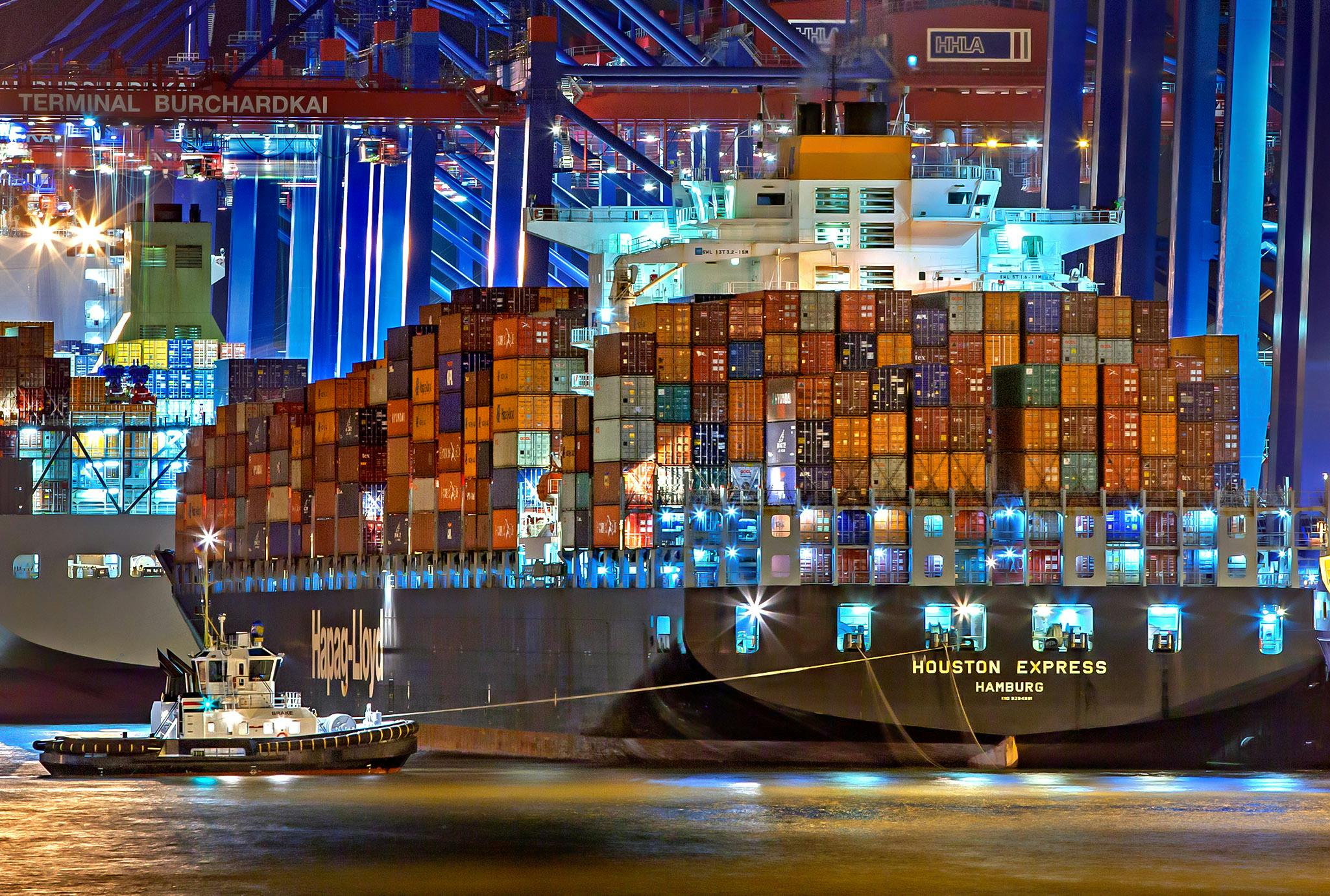The European Union has swiftly responded to the United States’ imposition of 25% tariffs on steel and aluminum imports with a comprehensive countermeasure package. This action marks a significant escalation in transatlantic trade tensions and represents a calculated strategic response by the EU to protect its economic interests while signaling a willingness to engage in diplomatic resolution.
Current Situation and Immediate Response
The European Commission has announced retaliatory tariffs affecting €26 billion of American exports, precisely calibrated to match the economic impact of US duties on European metals. These countermeasures will follow a two-step implementation process beginning April 1, 2025, when the suspension of previously established retaliatory tariffs from the 2018-2020 trade dispute will expire automatically. The EU will then introduce a fresh package of targeted duties on American goods by mid-April, following consultations with Member States and stakeholders.
European Commission President Ursula von der Leyen expressed regret over the US action, stating that “Tariffs are taxes. They are bad for business, and even worse for consumers” (European Commission Press Release, March 2025). She emphasized that these tariffs would disrupt supply chains and create economic uncertainty at a time when both economies face significant challenges. Despite the retaliatory stance, von der Leyen maintained that the EU “will always remain open to negotiation” and believes that “in a world fraught with geopolitical and economic uncertainties, it is not in our common interest to burden our economies with tariffs” (Financial Times, March 2025).
Scope and Strategic Targeting
The EU countermeasures extend beyond steel and aluminum products to include textiles, home appliances, and agricultural goods. This broader approach reflects a strategic decision to maximize impact across diverse American industries. Previous retaliatory actions in 2018 targeted politically sensitive American brands including Harley-Davidson motorcycles and Levi Strauss jeans, and similar politically calculated targeting may be expected in this round of tariffs (Bloomberg, June 2018).
Historical Context and Escalation Pattern
The current dispute represents a significant escalation compared to the 2018 trade tensions during Trump’s first term. For Europe, the new American tariffs are nearly four times the size of similar duties imposed previously, when the US targeted nearly $7 billion of the bloc’s metals exports (The New York Times, March 2018). The EU-US relationship had experienced a temporary thaw after both sides reached a truce in 2021, when the US partially removed its measures and introduced tariff-rate quotas, while the EU froze all of its restrictive measures (Reuters, October 2021). The collapse of this arrangement signals a return to confrontational trade policies.
Economic Impact and Industry Concerns
European steel producers are bracing for a dual impact: reduced exports to the US market and increased imports as global steel is redirected away from America. Industry group Eurofer has noted that during the first Trump presidency, for every three tonnes of steel deflected from the US market because of tariffs, two tonnes were redirected to the EU (Eurofer Report, 2020). This redirection threatens to further saturate a European market already dealing with inexpensive steel imports from Asia, North Africa, and the Middle East.
Future Outlook
This trade conflict may represent only the opening phase of a broader economic confrontation. President Trump has announced additional “reciprocal tariffs” planned for early April targeting policies deemed obstacles to US trade, including Europe’s value-added tax system and specifically mentioning European automobiles (CNBC, March 2025). Economic analysts warn that an escalating trade war could significantly reduce global economic growth as protectionist actions multiply. If tensions continue to escalate, US economic growth could decline to 2% as tariffs suppress growth and employment while increasing inflation and widening the current account deficit (IMF World Economic Outlook, January 2025).
Despite the growing tensions, diplomatic channels remain open. The EU’s trade chief, Maros Sefcovic, has signaled continued willingness to negotiate while making clear that European economic interests will be defended (European Commission Press Release, March 2025). The coming weeks will be critical in determining whether diplomatic engagement can prevent further escalation of this potentially damaging trade confrontation.
References:
– European Commission Press Release, March 2025.
– Financial Times, March 2025.
– Bloomberg, June 2018.
– The New York Times, March 2018.
– Reuters, October 2021.
– Eurofer Report, 2020.
– CNBC, March 2025.
– IMF World Economic Outlook, January 2025.
Disclaimer: Important Legal and Regulatory Information
This report is for informational purposes only and should not be construed as financial, investment, legal, tax, or professional advice. The views expressed are purely analytical in nature and do not constitute financial guidance, investment recommendations, or a solicitation to buy, sell, or hold any financial instrument, including but not limited to commodities, securities, derivatives, or cryptocurrencies. No part of this publication should be relied upon for financial or investment decisions, and readers should consult a qualified financial advisor or regulated professional before making any decisions. Bretalon LTD is not authorized or regulated by the UK Financial Conduct Authority (FCA) or any other regulatory body and does not conduct activities requiring authorization under the Financial Services and Markets Act 2000 (FSMA), the FCA Handbook, or any equivalent legislation. We do not provide financial intermediation, investment services or portfolio management services. Any references to market conditions, asset performance, or financial trends are purely informational and nothing in this report should be interpreted as an offer, inducement, invitation, or recommendation to engage in any investment activity or transaction. Bretalon LTD and its affiliates accept no liability for any direct, indirect, incidental, consequential, or punitive damages arising from the use of, reliance on, or inability to use this report. No fiduciary duty, client-advisor relationship, or obligation is formed by accessing this publication, and the information herein is subject to change at any time without notice. External links and references included are for informational purposes only, and Bretalon LTD is not responsible for the content, accuracy, or availability of third-party sources. This report is the intellectual property of Bretalon LTD, and unauthorized reproduction, distribution, modification, resale, or commercial use is strictly prohibited. Limited personal, non-commercial use is permitted, but any unauthorized modifications or attributions are expressly forbidden. By accessing this report, you acknowledge and agree to these terms-if you do not accept them, you should disregard this publication in its entirety.



